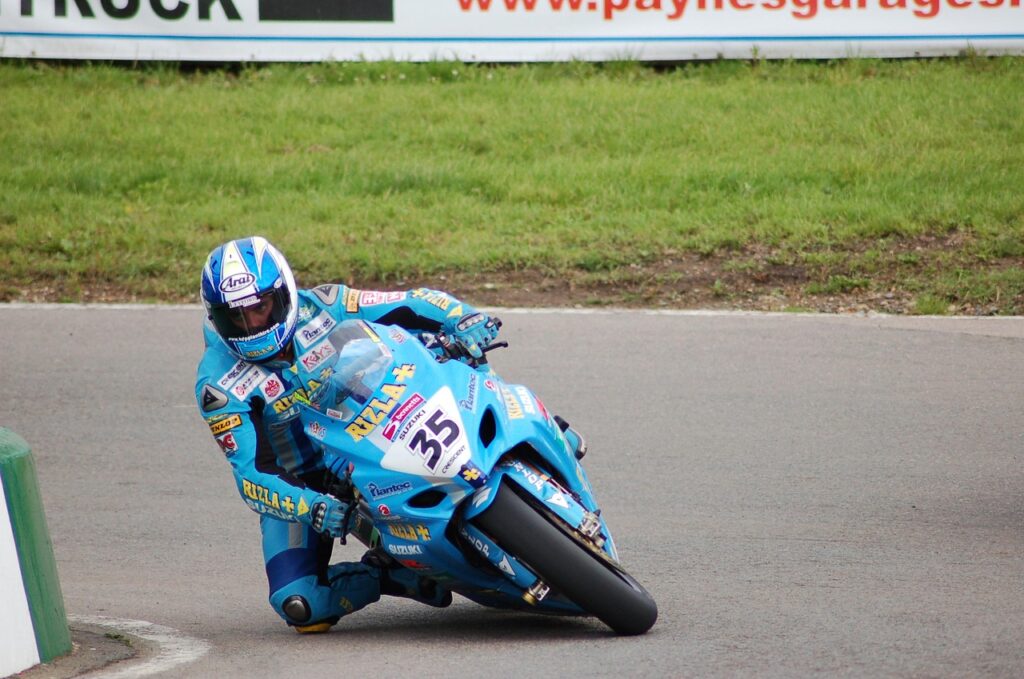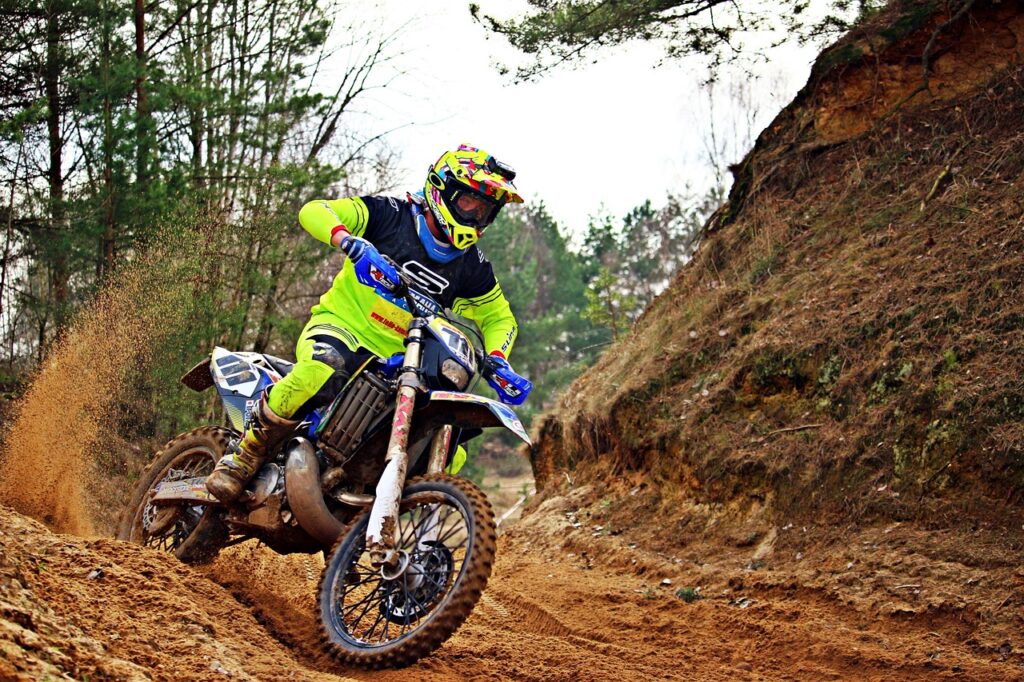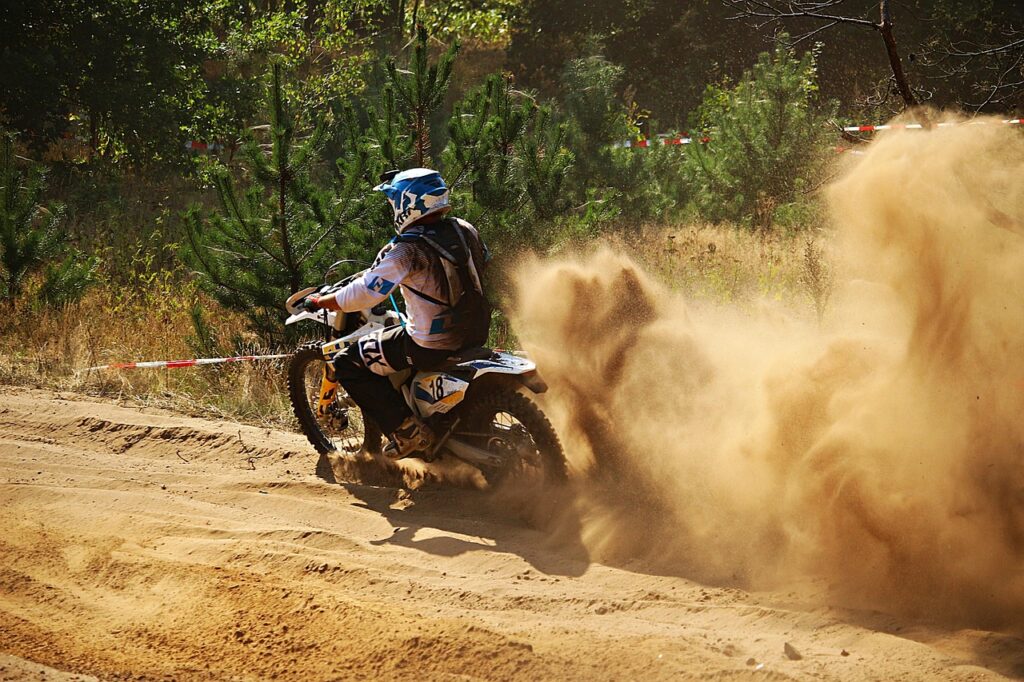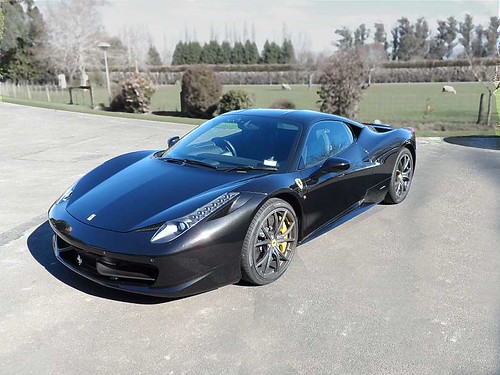
In the annals of motocross and supercross, few names resonate with the profound impact and transformative power of James Stewart Jr. Widely recognized by his moniker “The Fastest Man on the Planet,” Stewart not only ascended to the pinnacle of a demanding sport but fundamentally reshaped its competitive landscape through sheer speed, innovation, and an unwavering drive for excellence.
His career, stretching from precocious amateur dominance to unparalleled professional triumphs, stands as a testament to the potential for an athlete to transcend their discipline. Stewart’s journey, marked by both extraordinary success and significant challenges, redefined what was thought possible on two wheels, inspiring a generation of riders and expanding the sport’s reach to new demographics.
This in-depth examination delves into the foundational elements of Stewart’s illustrious career, exploring the pivotal moments and innovations that cemented his status as a motocross icon. From his formative years to his groundbreaking techniques and barrier-breaking achievements, we trace the narrative of a sportsman whose influence continues to reverberate across the global motocross community.
1. **Early Life and Amateur Dominance**James “Bubba” Stewart Jr. was born on December 21, 1985, in Bartow, Florida, into an environment steeped in motocross culture. His parents, James Stewart Sr. and Sonya Stewart, quickly identified their son’s innate talent, becoming the primary architects of his early development in the sport.
Stewart began navigating motocross tracks at the remarkably young age of four, displaying a prodigious aptitude that set him apart from his contemporaries. His amateur career, spanning from the early 1990s through 2001, was characterized by an extraordinary string of successes, including 84 amateur victories and 11 Loretta Lynn’s Amateur National Championship titles.
Growing up within Florida’s intensely competitive motocross scene during the 1990s, Stewart cultivated the aggressive, high-speed riding style that would later become his professional trademark. This formative period, coupled with his parents’ dedicated guidance, was instrumental in honing both his technical prowess and the mental fortitude required for high-stakes competition.
His connection to the sport ran deep within his family, as evidenced by his younger brother, Malcolm Stewart, who later embarked on his own successful career as a professional motocross racer. This familial dedication underscored the profound impact of motocross on the Stewart household.
As Stewart himself recalled, “The first time I rode was in my backyard in Florida. It was a scary deal! My first bike was actually a four-wheeler, but then I moved on to motocross bikes.” He also vividly remembered his early experiences at major amateur events, stating, “I raced Loretta’s, and I think that I finished 41st out of 42 people. At least I beat somebody! My dad was just happy that we made it there and I was a part of it.”
Read more about: Remembering the Voices: Every Iconic ‘We Are The World’ Singer We’ve Lost, And Their Enduring Legacy
2. **Pioneering the “Scrub” Technique**Upon turning professional in 2002, James Stewart Jr. swiftly distinguished himself not merely through his speed but through a groundbreaking innovation that would permanently alter the sport: the “scrub” technique. This method allowed him to challenge conventional riding paradigms and gain a competitive edge.
The scrub involves laying the motorcycle nearly flat over the faces of jumps, an audacious maneuver designed to minimize airtime while maximizing forward momentum. By keeping the bike lower to the ground than traditional jumping methods, Stewart could exit obstacles with greater speed and precision.
This technique proved particularly advantageous on supercross tracks, where the frequency and technicality of jumps often dictate race outcomes. The scrub enabled Stewart to clear obstacles more rapidly and with superior control, affording him a significant tactical advantage over his competitors.
Within a relatively short period, the scrub evolved from Stewart’s signature move into a fundamental skill adopted by elite riders globally. Its widespread emulation underscored Stewart’s profound role as a technical innovator, irrevocably changing how motocross was raced and practiced worldwide.
His inventive approach to riding created a new standard that influenced training methods, bike setup, and competitive strategies, extending from Europe to Australia and Asia, thus cementing his legacy beyond mere race wins.
Read more about: A History Unraveled: The Ingenious Hygiene Solutions of Native Americans and Ancient Civilizations Before Toilet Paper
3. **Breakthrough in 125cc/250cc Professional Racing**James Stewart Jr.’s transition to the professional ranks in 2002, joining the Kawasaki team, immediately heralded a new era in the 125cc class, now recognized as the 250cc category. His debut signaled the arrival of an athlete poised to make an indelible mark on the sport.
His first professional victory materialized early in his career, occurring at round 2 of the AMA Western Regional Supercross Championship. Stewart maintained a formidable presence throughout that series, narrowly missing the title by only seven points. In the 2002 AMA Motocross season, he delivered a commanding performance in the 125cc class, winning his debut race at Glen Helen Raceway and ultimately securing the title by winning ten of the twelve rounds.
Stewart’s dominance in the class was further solidified in 2003 with an AMA 125 West Supercross Championship, followed by another championship in the 2004 AMA 125 East Supercross series. These consecutive titles firmly established his superiority in the smaller displacement categories and foreshadowed his future success.
His meteoric rise through the 125cc ranks culminated in his eventual transition to the premier 450cc class. This move set the stage for him to compete against established veterans such as Ricky Carmichael and Chad Reed, initiating what would become some of the most fiercely contested periods in motocross history.
Reflecting on his entry into professional racing, Stewart recounted, “I raced the Anaheim Supercross when I was 16. There was a lot of hype coming into that race, but when you’re younger, you don’t pay so much attention to all of the talk. I went there to do one thing—to win.” He further noted, “It was a long day, though. I had a lot of crashes and ended up second, but it was still pretty cool. I was really just nervous being in front of so many fans, and it was a different experience altogether.”
4. **Ascension to 450cc Premier Class Success**In 2005, James Stewart Jr. made the significant leap to the premier 450cc class, continuing his tenure with Kawasaki. This transitional year presented its share of challenges, including crashes and injuries, which affected his consistency on the track.
Despite these initial setbacks, Stewart achieved a pivotal milestone by securing his first Supercross premier class victory in Texas during round 12 of the series. While he concluded the season tenth in point standings, this win served as a clear indicator of his immense potential in the sport’s highest tier.
The subsequent 2006 and 2007 seasons witnessed Stewart achieving substantial milestones and solidifying his position among the elite. He clinched multiple rounds in the AMA Supercross series during this period, ultimately finishing second overall to the legendary Ricky Carmichael.
Stewart’s first AMA Supercross Championship arrived in 2007, a season where he demonstrated overwhelming dominance by winning 13 of 16 races. This monumental achievement not only marked his first premier class title but also distinguished him as the first African American rider to secure a major motocross or supercross championship, a significant moment in the sport’s history.
His iconic race number, #7, became intimately associated with his unparalleled speed and innovative riding style, leading to the widely recognized “JS7” moniker. This number transcended mere identification, evolving into a brand synonymous with pushing the boundaries of what was conceivable on a motocross bike.

5. **The Unparalleled 2008 Perfect Season**In 2008, James Stewart Jr. etched an extraordinary chapter into motocross history, achieving a feat so rare it remains unmatched in the sport’s modern era. Despite missing the entirety of the supercross season due to a torn ACL, he embarked upon and completed a perfect season in the AMA Pro Motocross Championship.
Following a period of intense rehabilitation, aided by the recruitment of Aldon Baker, Stewart returned to the track with renewed determination. He proceeded to win all 24 motos in the 450cc class, an astounding accomplishment that placed him alongside Ricky Carmichael as the only riders to have ever completed such a flawless season.
This impeccable 2008 season was more than a display of individual talent; it was a profound demonstration of Stewart’s evolution as a complete racer. His masterful blend of raw speed, technical innovation, and mental fortitude established a new benchmark for excellence in motocross competition.
Each victory accumulated throughout that season contributed to a legacy of domination rarely witnessed in professional motorsports. It underscored how strategic rehabilitation and unwavering focus could pave the way for a performance that transcended mere competitive success, defining an era.
The Key Insight from this period highlights that Stewart’s perfect season was not solely attributable to individual talent; it strikingly demonstrated how technical innovation, combined with resilience, could forge sustainable competitive advantages on a global scale within professional motorsports.
Read more about: From Big Screen Brawls to TV Triumphs: 15 Legendary Harley-Davidsons That Conquered Hollywood

6. **Championship Triumphs and Key Rivalries**James Stewart Jr.’s career was punctuated by numerous championship triumphs, each hard-won against a field of formidable competitors. His second AMA Supercross Championship, secured in 2009, stands out for the intense and memorable battles that defined the season.
Throughout 2009, Stewart engaged in a captivating rivalry with close competitor Chad Reed. Their on-track encounters were legendary, characterized by aggressive racing and strategic maneuvers that captivated audiences and are still discussed today. Stewart ultimately prevailed, finishing four points ahead of Reed and clinching 11 of the 17 rounds to secure the title.
The intensely competitive dynamic between Stewart and Reed during this particular season is widely regarded as one of motocross’s most iconic rivalries. It pushed both riders to their absolute limits and created some of the most exciting races in the sport’s history.
Beyond his domestic AMA titles, Stewart also achieved significant international acclaim. His championship resume includes victories in the FIM World Supercross Grand Prix Championships in 2006 and 2007, as well as the FIM World Supercross Championship in 2009. These global successes further underscored his versatility and dominance on an international stage.
His consistent ability to perform at the highest level, year after year, against a constantly evolving competitive landscape, speaks volumes about his enduring talent and mental toughness. Stewart’s legacy is thus not just built on wins but also on the high-caliber competition he fostered.
Read more about: Beyond Billions: A Deep Dive into Bill Gates’ Unexpected Car Collection – From Rare Porsches to Eco-Friendly EVs and Everyday Rides
7. **Breaking Barriers: Impact on Diversity in Motocross**One of James Stewart Jr.’s most profound and enduring impacts on motocross extends beyond his competitive achievements to his role as a trailblazer in diversity. He became the first African American rider to achieve widespread dominance in both professional motocross and supercross.
In a sport historically characterized by a lack of diversity, Stewart’s meteoric rise and sustained success served as a powerful inspiration. His visibility opened doors and motivated countless young riders from underrepresented communities worldwide to envision and pursue careers in motocross.
Stewart’s charismatic personality, coupled with his aggressive and visually compelling riding style, attracted new and broader audiences to the sport. This expansion of motocross’s demographic reach occurred across multiple continents, significantly broadening its cultural appeal.
His reality television series, “Bubba’s World,” offered mainstream audiences an intimate look into his life and career, further enhancing motocross’s cultural footprint globally. This exposure allowed a wider public to connect with the sport through a charismatic and dominant figure.
Furthermore, the successful professional racing career of his younger brother, Malcolm Stewart, extended the family’s influence on the sport. This sibling success story provided tangible proof of how breaking racial barriers could instantiate lasting, positive change within motorsports communities around the globe.
8. **Navigating the Minefield of Injuries**James Stewart Jr.’s career, while marked by unparalleled triumphs, was also profoundly shaped by a series of injuries that frequently interrupted his momentum and tested his resilience. The physical demands of professional motocross, a sport synonymous with high-speed crashes and strenuous impacts, meant that even the most gifted athletes like Stewart were not immune to its debilitating toll. These setbacks were a consistent theme, especially as his career progressed beyond his initial meteoric rise.
From 2010 onward, intermittent success became a defining characteristic of Stewart’s performance, largely due to recurring physical ailments. The transitional year of 2005, when he moved to the premier 450cc class, saw “inconsistency due to crashes and injuries,” despite securing his first premier class win. Similarly, “injuries forced him to miss the outdoor motocross season” in 2007, directly after his first AMA Supercross Championship, highlighting how rapidly physical setbacks could derail a season.
His aggressive, boundary-pushing riding style, though thrilling to watch and incredibly effective, also contributed to his susceptibility to injury. The intensity with which he attacked tracks often placed immense strain on his body, leading to unavoidable consequences. The most significant early setback was missing the entirety of the 2008 supercross season due to a torn ACL, an injury that required “intense rehabilitation” before his historic return to the outdoor motocross championship.
Even in years where he showed flashes of his former brilliance, such as 2013 when he “won multiple rounds in both supercross and motocross,” the accompanying observation was that “injuries continued to impact his results.” This pattern underscored a constant battle not only against his competitors but also against the cumulative wear and tear of a punishing sport, ultimately affecting his ability to maintain peak performance levels consistently over an extended period.
Read more about: Beyond the Shiny Exteriors: Uncovering the Auto Industry’s Darkest Secrets and Corporate Scandals

9. **The Adderall Controversy and Suspension**A pivotal and highly scrutinized chapter in James Stewart Jr.’s career unfolded in 2014, when he faced a significant anti-doping rule violation that led to a substantial suspension. This controversy brought a new dimension of challenge, extending beyond the physical strains of racing to the complex regulatory landscape of professional sports, and reshaped public perception and his competitive trajectory.
The incident stemmed from Stewart’s use of Adderall, a medication prescribed for his Attention Deficit Hyperactivity Disorder (ADHD). While the medication was legitimate and medically necessary, the FIM (Fédération Internationale de Motocyclisme) determined that Stewart had failed to submit the proper paperwork for a Therapeutic Use Exemption (TUE). This administrative oversight, rather than intentional cheating, triggered the severe penalty.
As a direct consequence of this rule violation, Stewart was suspended for 16 months. This lengthy ban effectively forced him to miss the entire 2015 racing season, a critical period in a sport where competitive edges are often measured in milliseconds and consistent track time is paramount. The absence from competition deeply impacted his ability to rejoin the ranks of top contenders with his previous dominance.
The controversy ignited widespread debate within the motocross community and beyond regarding FIM anti-doping regulations, particularly concerning medically prescribed treatments. It brought to light the intricate balance athletes must navigate between managing personal health conditions and adhering to evolving international sports governance, highlighting the complex intersection of medical needs and professional sports regulations. This incident ultimately marked a turning point, affecting his return to full-time competition.
10. **The Gradual Fade and Final Race**Following a career characterized by unparalleled dominance, James Stewart Jr.’s later years in professional racing presented a different narrative: one of intermittent success, a struggle to adapt, and ultimately, a gradual withdrawal from the sport’s elite tier. From 2010 onward, glimpses of his formidable talent were still evident, yet sustained championship bids became increasingly elusive, signaling a shift in his competitive standing.
A notable challenge emerged in 2012, as Stewart “struggled with the new Yamaha bike he had been assigned to ride,” according to reports. This period of adaptation and discomfort with his equipment eventually led to his departure from Joe Gibbs Racing after only a single year. Swiftly thereafter, he signed with Yoshimura Suzuki, aiming to reignite his competitive spark aboard their RMZ-450, a testament to his persistent drive despite the setbacks.
Even after his return from the 2014 suspension, Stewart found it difficult to recapture his previous form. The competitive landscape had evolved, and the cumulative effects of past injuries, coupled with the long layoff, made consistent high-level performance an uphill battle. He “competed sporadically but was unable to recapture his previous dominance due to ongoing injuries and the increasingly competitive field.”
His final professional race occurred on July 23, 2016, at Washougal, Washington, where he finished 15th overall. This event marked the quiet conclusion of an illustrious on-track career, far removed from the dominant victories and championship celebrations that had once defined his presence. It was the culmination of a period where injuries and the evolving demands of the sport had increasingly challenged even “The Fastest Man on the Planet.”
Read more about: Driven into the Sunset: Exploring 14 Iconic American Car Brands That Vanished After Their Heyday

11. **Announcing Retirement and Reflecting on a Career**After years of speculation and a gradual reduction in his racing schedule, James Stewart Jr. formally announced his retirement from professional motocross in a video posted to YouTube on May 17, 2019. This declaration brought closure to one of the most dynamic and influential careers in the history of the sport, concluding an era defined by his revolutionary techniques and captivating speed. The announcement ended any lingering hopes of a full-scale competitive comeback.
In his poignant video address, Stewart articulated the profound shift in his personal motivations, offering insight into the demanding nature of elite athletic pursuit. He reflected candidly, stating, “Where I’m at in my life, I think it’s time to say I’m retiring. I’ve retired.” His words conveyed a sense of peace with his decision, acknowledging the intense pressure that accompanied his tenure at the pinnacle of motocross.
He further elaborated on the emotional weight of his career, explaining, “It’s hard for sure, because I love racing and I love the fans, I love the opening ceremonies, I love the autograph lines, but I don’t miss the sweat and tears and training and having to feel like you have to win every race and having to be James Stewart. I don’t love doing that anymore.” This honest sentiment underscored the immense physical and psychological toll that ceaseless competition exacted upon even the most passionate athletes.
Stewart’s retirement marked the definitive conclusion of an on-track journey that had captivated millions, transforming him from a child prodigy into a global icon. Yet, this decision, while ending his competitive chapter, did not signify a complete departure from the sport he had so profoundly influenced. Instead, it merely transitioned his involvement into new and equally impactful roles within the motocross community.
Read more about: Ruth Paine’s Enduring Witness: A Deep Dive into the Life of a Key Figure in the Kennedy Assassination
12. **Transition to the Broadcast Booth: A New Voice for Motocross**While James Stewart Jr. concluded his competitive racing career in 2019, his deep connection and expertise in motocross were too valuable to remain entirely on the sidelines. Since 2022, he has made a notable return to the sport, transitioning into a prominent role as an on-camera commentator for the AMA Motocross and Supercross championships. This new chapter has allowed him to share his unparalleled insights with a fresh generation of fans and enthusiasts.
Primarily contributing to broadcast coverage for NBC Sports and Peacock, Stewart brings a unique and authoritative voice to the commentary booth. His presence offers viewers an expert perspective, grounded in years of firsthand experience at the highest echelons of professional racing. His analysis is informed by having revolutionized the sport himself, providing a depth of understanding that only a true innovator could offer.
Stewart’s commentary is distinguished by his ability to dissect complex racing strategies and technical maneuvers, making them accessible to a broad audience. He can articulate the nuances of a rider’s line choice, jump technique, or mental game with the clarity of someone who not only performed these feats but pioneered many of them. His insights provide a rare window into the mindset of a champion, enriching the viewing experience for both seasoned fans and newcomers.
This transition has cemented his ongoing contribution to the sport, allowing his wisdom and passion to continue influencing motocross from a new vantage point. By lending his voice to the major championships, Stewart ensures that his legacy remains vibrant and relevant, bridging the gap between his competitive past and the sport’s evolving future.

13. **Beyond the Track: Podcast Host and Entrepreneurial Ventures**James Stewart Jr.’s post-racing career extends well beyond the broadcast booth, demonstrating his multifaceted engagement with the motocross community as both a media personality and an entrepreneur. These ventures showcase his continued dedication to the sport and his ability to adapt his influence to contemporary platforms, keeping his “Bubba” persona alive for a new era.
A significant aspect of his current involvement is hosting the “Bubba’s World” podcast through the Bleav network. Initially conceived as a reality television series, it has evolved into a popular podcast format since 2022. Available on major podcast platforms, the show provides a dynamic forum for Stewart to discuss current events within motocross and supercross racing, engaging with industry figures and fans. This platform allows him to maintain a direct connection with his extensive fan base, fostering community and sharing insights.
Additionally, Stewart remains connected to the commercial and cultural aspects of motocross through his involvement with Seven MX, a motocross apparel company. This entrepreneurial endeavor is a tangible extension of his brand, allowing him to continue influencing product design and style within the sport, much as his innovative riding style once influenced technique. His foray into business, including brief explorations into NASCAR in 2011, highlights a continuous drive to explore new challenges.
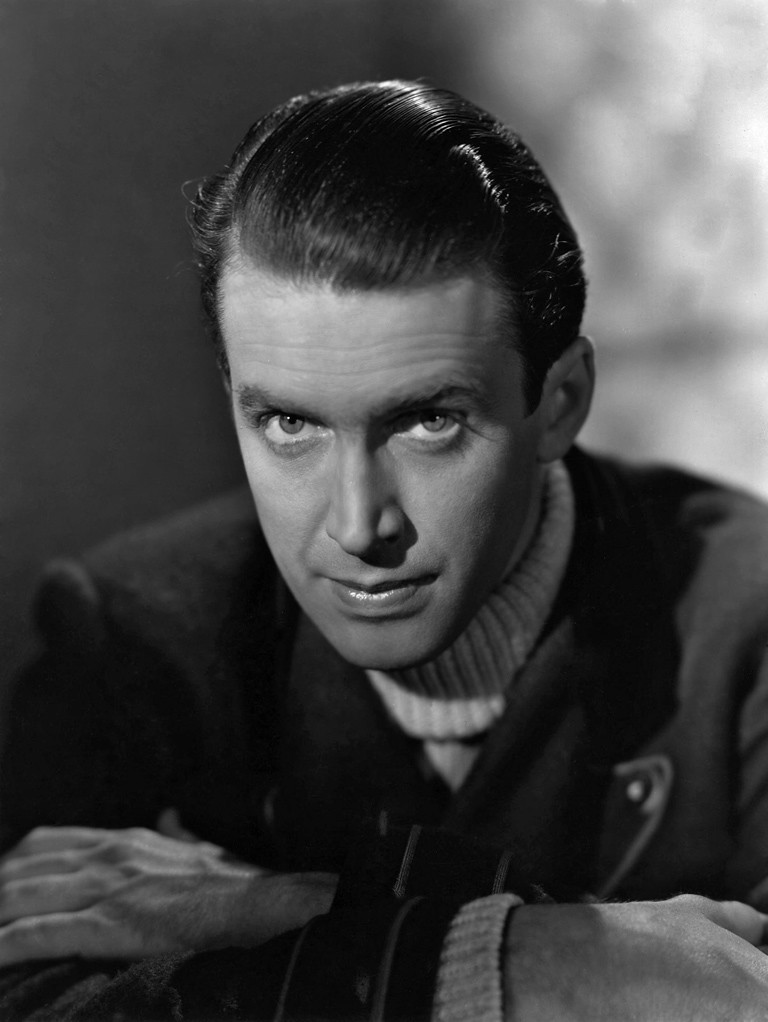
14. **An Enduring Legacy: The “Fastest Man on the Planet” Continues to Inspire**James Stewart Jr.’s impact on motocross transcends mere statistics; he fundamentally redefined what was considered possible on a dirt bike, cementing an enduring legacy that resonates globally. His combination of unprecedented speed and groundbreaking technical innovation not only earned him the moniker “The Fastest Man on the Planet” but also established him as one of the sport’s most transformative figures, a true pioneer who pushed human and machine potential.
The “scrub” technique, which Stewart pioneered, remains his most widely recognized technical contribution. This audacious maneuver of laying the motorcycle nearly flat over jumps to minimize airtime is now a fundamental skill adopted by elite riders across continents. Its widespread emulation underscores Stewart’s profound role as an innovator, perpetually influencing training methods, bike setup, and competitive strategies worldwide.
Beyond his technical prowess, Stewart’s role as a barrier-breaking athlete holds profound significance. As the first African American rider to achieve widespread dominance in professional motocross and supercross, he inspired countless young individuals from underrepresented communities. His charisma and success broadened motocross’s demographic reach and cultural appeal, leaving a lasting impact that continues to foster greater inclusivity within motorsports globally.
In recognition of his indelible contributions, James Stewart Jr. was deservedly inducted into the AMA Motorcycle Hall of Fame in 2022. Through his ongoing roles as a commentator, podcast host, and active social media presence, Stewart continues to connect with fans and share his vast knowledge. His legacy lives on through the riders he inspired, the techniques he pioneered, and his continued engagement with the sport he so dramatically reshaped, cementing his status as a beacon of excellence and a transformative figure.
As we reflect on the remarkable journey of James Stewart Jr., it becomes abundantly clear that his impact on motocross is far more profound than any single victory or championship title can convey. He didn’t just win races; he reimagined the very act of riding, forging a path that future generations would follow, pushing the boundaries of what was conceivable on two wheels. His story is not merely one of athletic achievement but of relentless innovation, barrier-breaking influence, and an enduring spirit that continues to shape and inspire the global motocross community, cementing his legendary status for generations to come.




